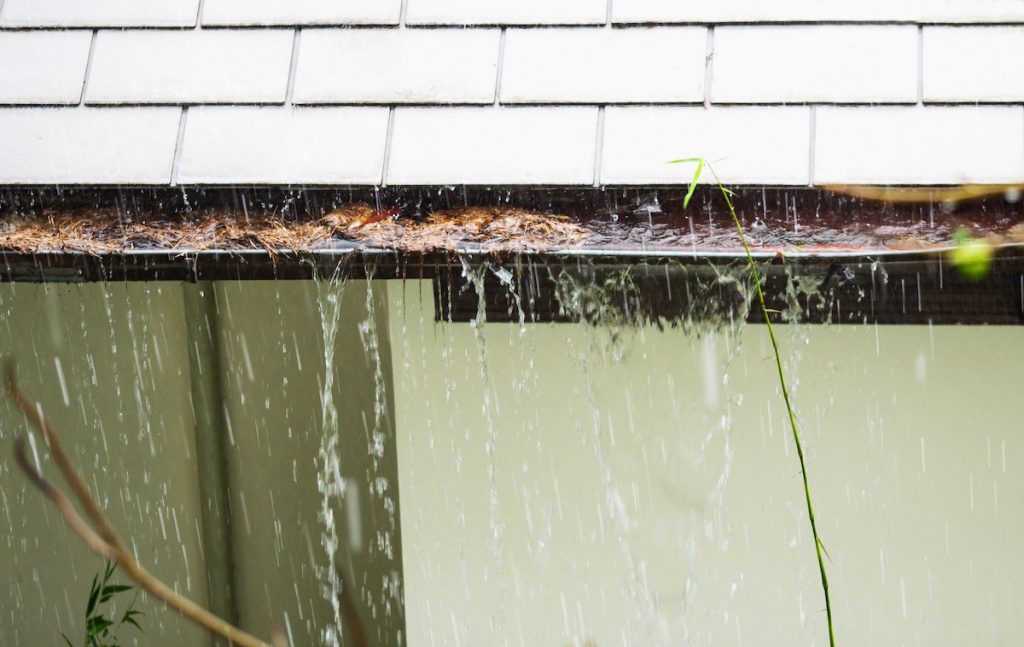A Guide to the Six Most Common Water Leak Sources in Your Home
A Guide to the Six Most Common Water Leak Sources in Your Home
Blog Article
This great article listed below in relation to How to detect water leaks in your home is quite intriguing. Check it out for yourself and decide what you think about it.

Leaks not only create waste of water however can also create unneeded damage to your home and also promote undesirable organic growth. By recognizing and also looking for daily situations that create leaks, you can protect your house from future leaks and unneeded damages.
Intruding roots
A lot of water leaks begin outside the house as opposed to inside it. If you discover an abrupt reduction in water pressure, state in your faucet, take some time to head out as well as analyze your lawn. You might observe wet patches or sinkholes in your backyard, and that may mean that tree roots are invading water lines triggering water to seep out. You can have your plumber check for breach, especially if you have trees or bushes near your home.
Rusty water systems
This may be the reason of discoloration or warping on your water pipes. If our plumbing system is old, think about changing the pipelines given that they are at a greater threat of rust than the newer designs.
Faulty Pipeline Joints
The factor at which your pipelines link is regularly the weakest web link in the waterline. Pipeline joints can deteriorate over time, resulting in water leaks. Unfortunately, the majority of pipe joints are not quickly visible. If you have loud pipes that make ticking or banging sounds, specifically when the warm water is activated, your pipeline joints are most likely under a lot of pressure. It is a good idea to have your plumber check your system yearly.
Immediate temperature level modifications.
Extreme temperature level adjustments in our pipelines can trigger them to expand as well as contract all of a sudden. This development as well as contraction might trigger fractures in the pipes, especially if the temperature are below freezing. If you maintained an eye on just how your plumbing works, it would be best. The visibility of the previously mentioned conditions often indicates a high risk.
Poor Water Connectors
At times, a leak can be caused by loosened hoses and pipelines that supply your devices. In case of a water links leak, you might discover water running straight from the supply line or pools around your devices.
Obstructed Drains
Obstructed drains pipes might be irritating and inconveniencing, however they can in some cases wind up triggering an overflow resulting in rupture pipes. Keep getting rid of any materials that might go down your drains pipes that could clog them to prevent such inconveniences.
All the above are sources of leakages however not all water leaks arise from plumbing leaks; some leaks could come from roof leaks. All leakages ought to be repaired quickly to stay clear of water damages.
Leaks not only create waste of water however can additionally create unneeded damage to your house as well as promote undesirable organic growth. By looking and also understanding for everyday circumstances that create leakages, you can protect your residence from future leaks as well as unneeded damages. Today, we will certainly look at 6 leakage triggers that might be creating your pipelines to trickle.
At times, a leakage can be created by loosened hose pipes as well as pipes that supply your devices. In situation of a water connections leak, you may observe water running straight from the supply line or puddles around your home appliances.
How To Check For Water Leak In Your Home
How To Check for Leaks
The average household's leaks can account for nearly 10,000 gallons of water wasted every year and ten percent of homes have leaks that waste 90 gallons or more per day. Common types of leaks found in the home are worn toilet flappers, dripping faucets, and other leaking valves. These types of leaks are often easy to fix, requiring only a few tools and hardware that can pay for themselves in water savings. Fixing easily corrected household water leaks can save homeowners about 10 percent on their water bills.
To check for leaks in your home, you first need to determine whether you're wasting water and then identify the source of the leak. Here are some tips for finding leaks:
Take a look at your water usage during a colder month, such as January or February. If a family of four exceeds 12,000 gallons per month, there are serious leaks.
Check your water meter before and after a two-hour period when no water is being used. If the meter changes at all, you probably have a leak.
Identify toilet leaks by placing a drop of food coloring in the toilet tank. If any color shows up in the bowl after 10 minutes, you have a leak. (Be sure to flush immediately after the experiment to avoid staining the tank.)
Examine faucet gaskets and pipe fittings for any water on the outside of the pipe to check for surface leaks.
Undetected water leaks can happen without the home or business owner even realizing. If you suspect a water leak, but not able to find the source. It is time to contact a professional water leak detection service, The Leak Doctor.
How To Find a Water Leak In Your Home
https://www.leakdoctor.com/blog/How-To-Check-For-Water-Leak-In-Your-Home_AE197.html

Do you like more info about Common Water Leaks In House? Create a review directly below. We would be glad to see your responses about this blog post. In hopes that you visit us again in the future. So long as you enjoyed reading our page kindly remember to share it. Thank you for going through it.
Call Today Report this page